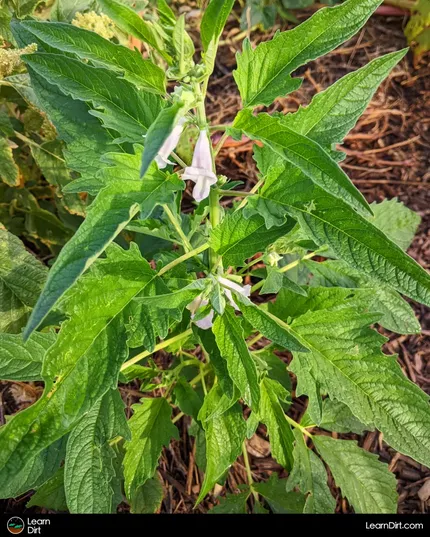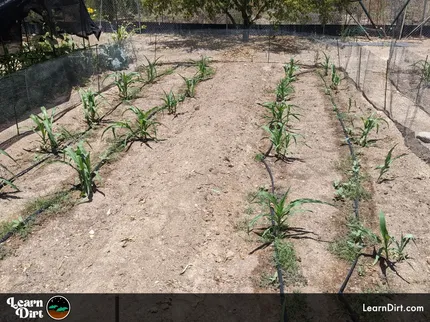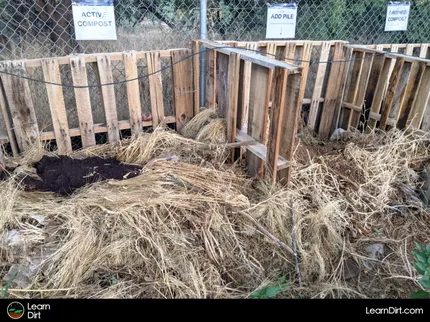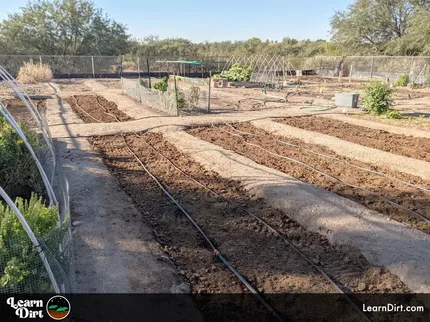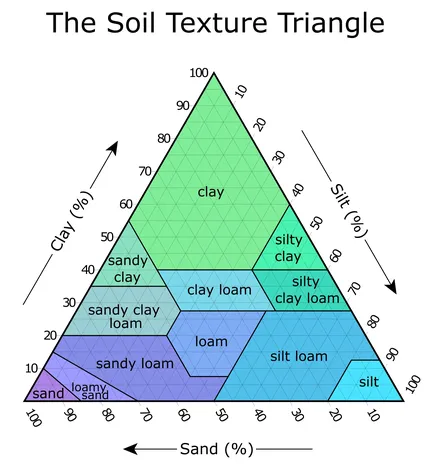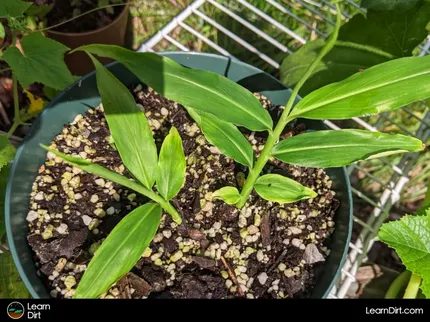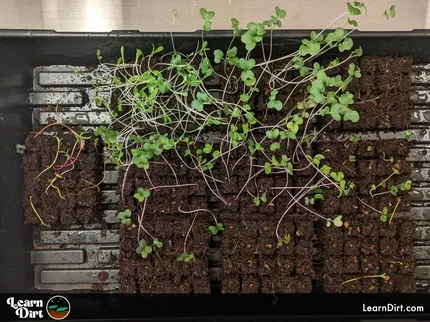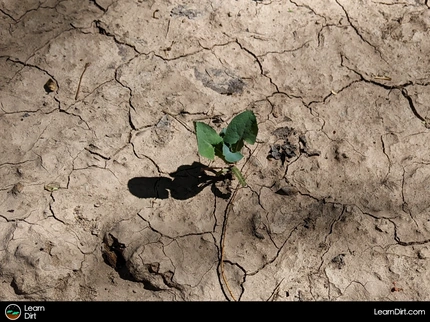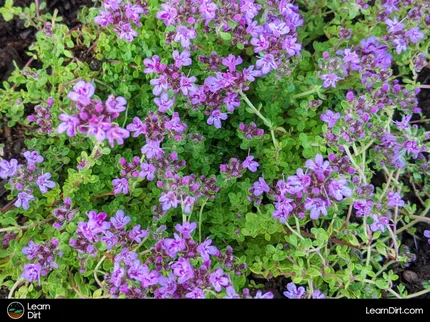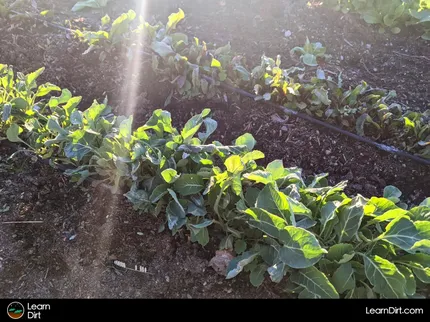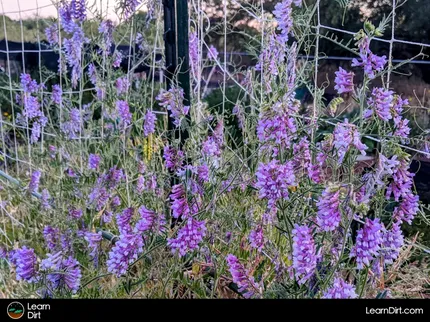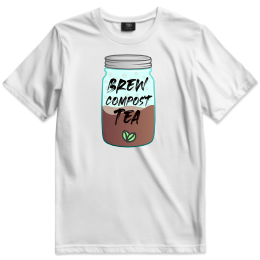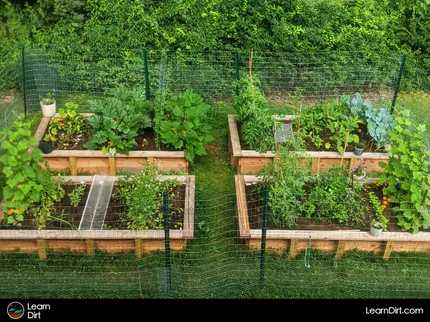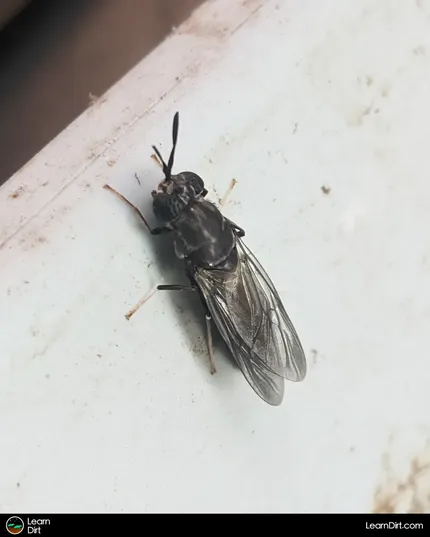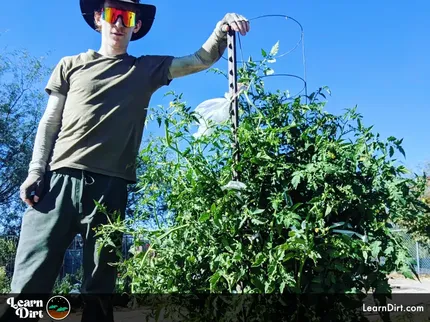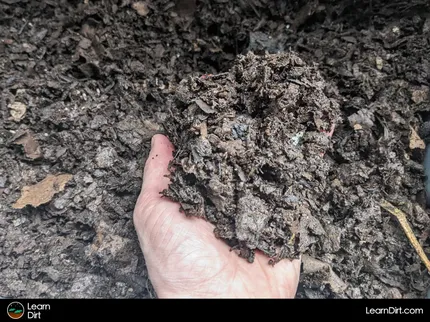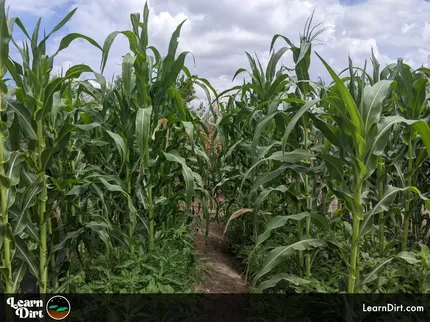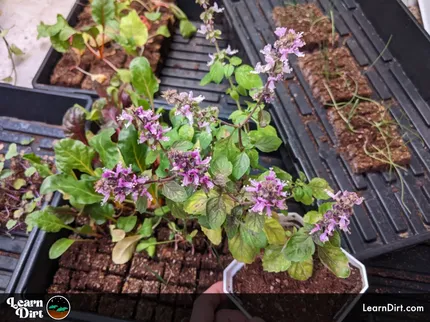Table of Contents
- What Are Cowpeas?
- What Are the Cowpea Subspecies?
- Why Grow Cowpeas?
- Cowpea Planting Tips
- Cultivating Cowpeas
- Harvesting Cowpeas
- How to Dry Cowpeas
- Preserving Cowpeas for Storage
- Tips for a Successful Cowpea Harvest
* Our articles never contain AI-generated slop *
Cowpeas (aka black-eyed peas) are known for their tolerance of sandy soils and low rainfall. Keep reading to learn all about them!
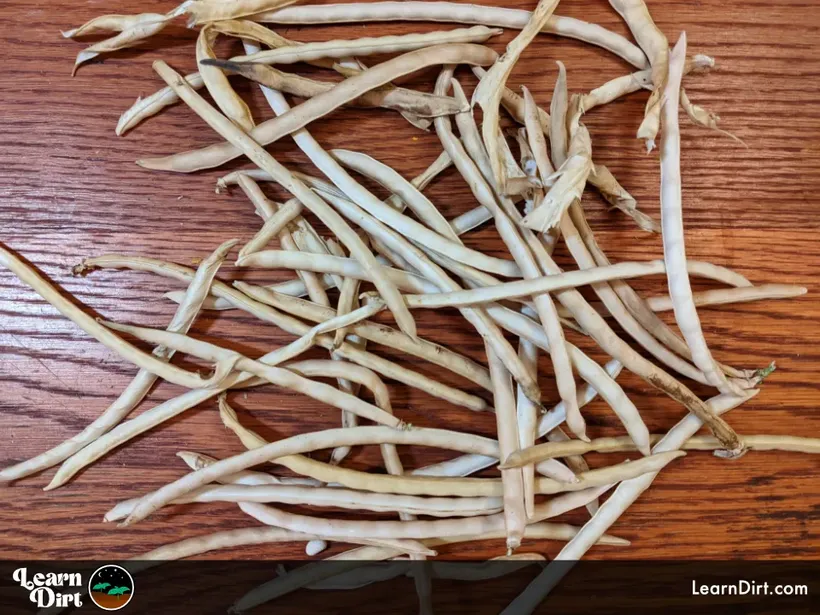
What Are Cowpeas?
Botanical Info
Scientific Name: Vigna unguiculata
Family: Fabaceae
Disclaimer: This post may contain affiliate links. Refer to the privacy policy for more information.
Cowpeas were originally domesticated in Africa. These are one of the oldest-known crops which was farmed by humans. Africa continues to produce more cowpeas than any other continent today.
Culinary Uses for Cowpeas
The most-frequently known cowpea in culinary uses is the black-eyed pea.
Unguicalata
Vigna unguiculata unguiculata is also commonly known as the "crowder-pea", "Southern pea", "niebe", or "ñebbe" - all names for the black-eyed pea.
Black-eyed peas aren't a pea at all. They're a bean! And a delicious one at that.
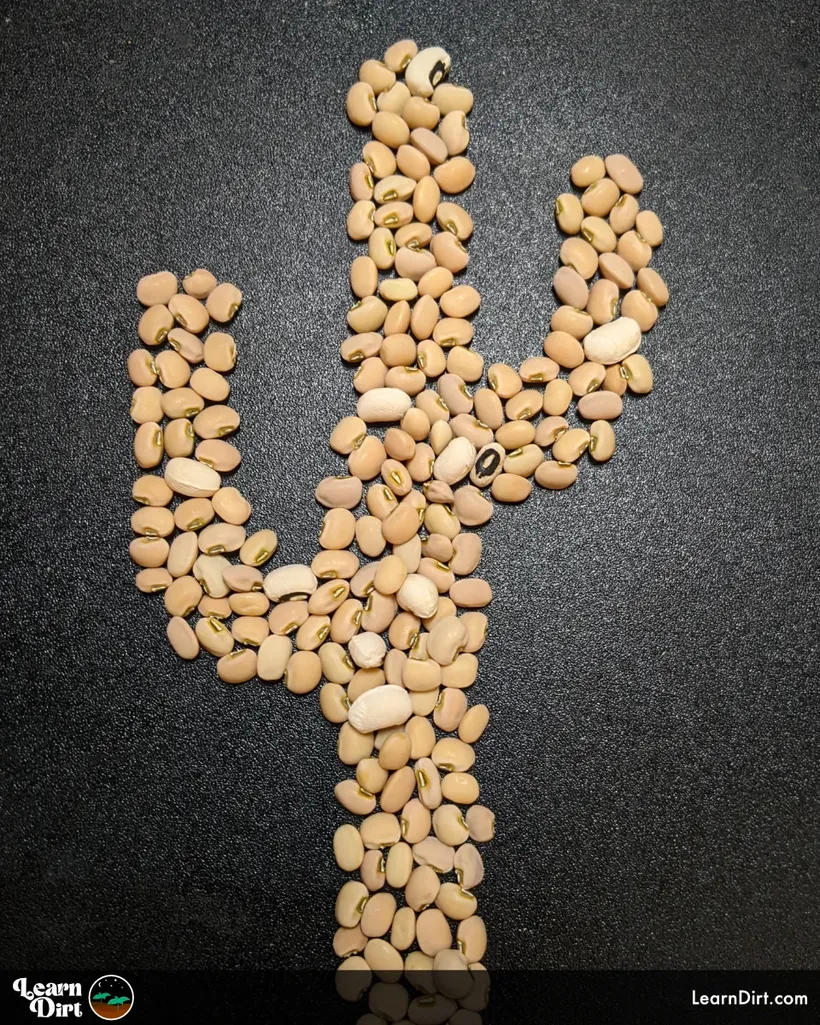
Leaves and immature seed pods can also be eaten, raw or cooked, but both can be rather tough.
The leaves and adult pods must be cooked for some time to soften them enough to really enjoy. Grabbing a tender young green pod is a great snack, though, before the pods become tougher and fibrous with age.
Join The Grower's Community
Find your people.
Your voice matters here 🌱
Check It Out!
Cowpea flowers can also be eaten.
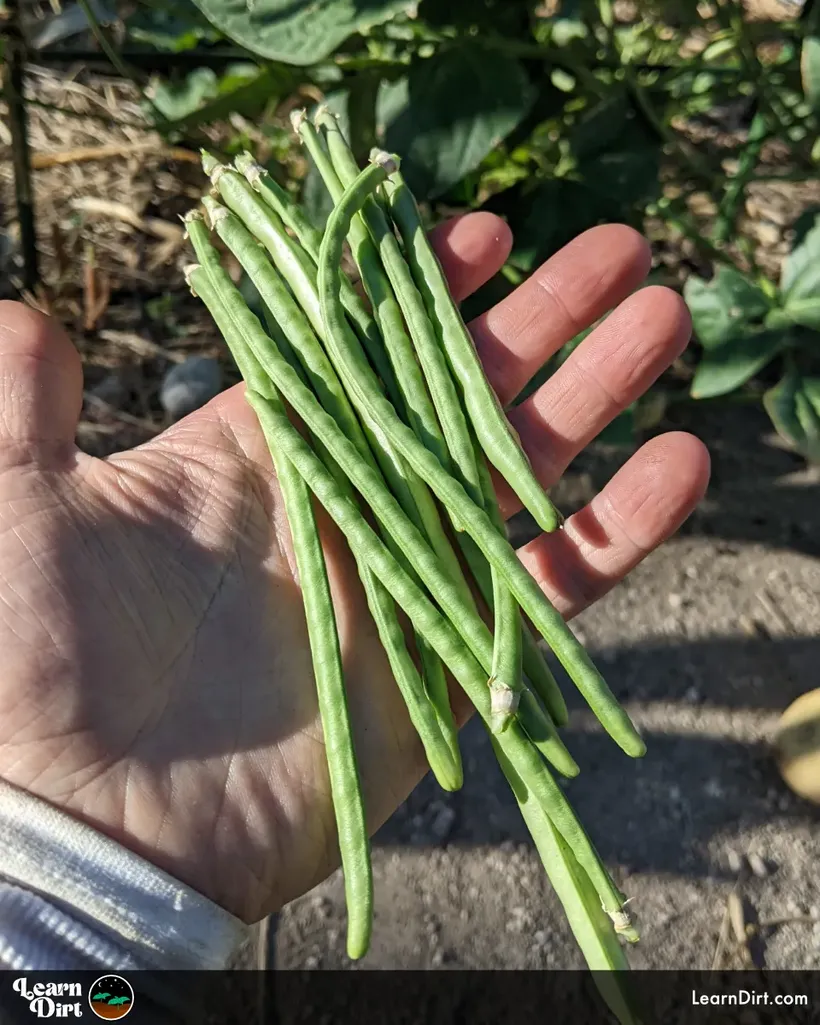
What Are the Cowpea Subspecies?
- Unguicalata - "black-eyed pea", "crowder-pea", "Southern pea", "niebe", or "ñebbe"
- Biflora - "sow-pea" & "catjang"
- Sesquipedalis - "yardlong bean", "asparagus bean", and "Chinese long-bean"
- Textilis - "wild cowpea", "African cowpea", "Ethiopean cowpea"
All 4 cowpea subspecies have edible leaves, green pods, and flowers.
All are mainly grown for:
- The beans in the pods, which must be cooked long enough to make them edible.
- As forage for animals
- As cover crop (for nitrogen fixation) to improve soil quality
Why Grow Cowpeas?
Nutritional Value
Cowpea seeds (beans) contain as much as:
- 25% protein
- 53% carbohydrates
- 2% fat
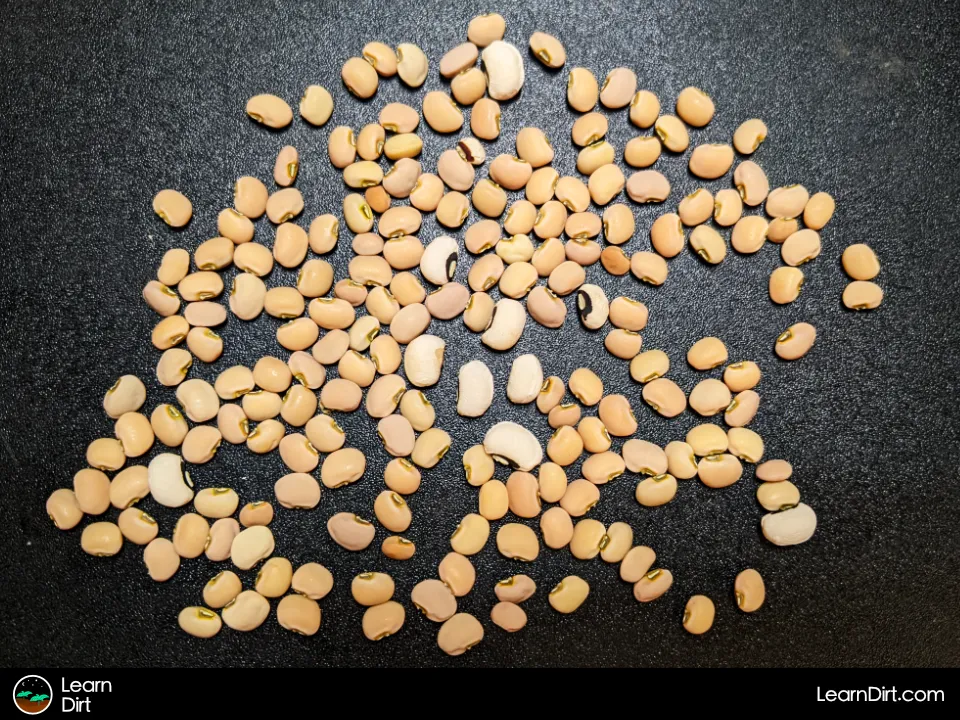
Soil Enrichment (Nitrogen Fixation)
Grown as a cover crop, cowpeas make an excellent source of green nitrogenous material which can be chopped & dropped or composted to build new soil.
Because of their penchant for climbing (pole bean growth habit), cowpeas will gladly wrap around corn, millet, sunflowers, and other plants with tall straight strong stalks. This means you can intersperse cowpeas with other crops to provide more food and / or aid in soil enrichment during a main crop cycle.
Cowpeas would be perfectly at home in a 3 sisters style planting, wrapping around the strong corn stems for support. At harvest, the bean stalks and leaves add a great source of nitrogen to help break down the corn stalks when composted in place or in a compost pile.
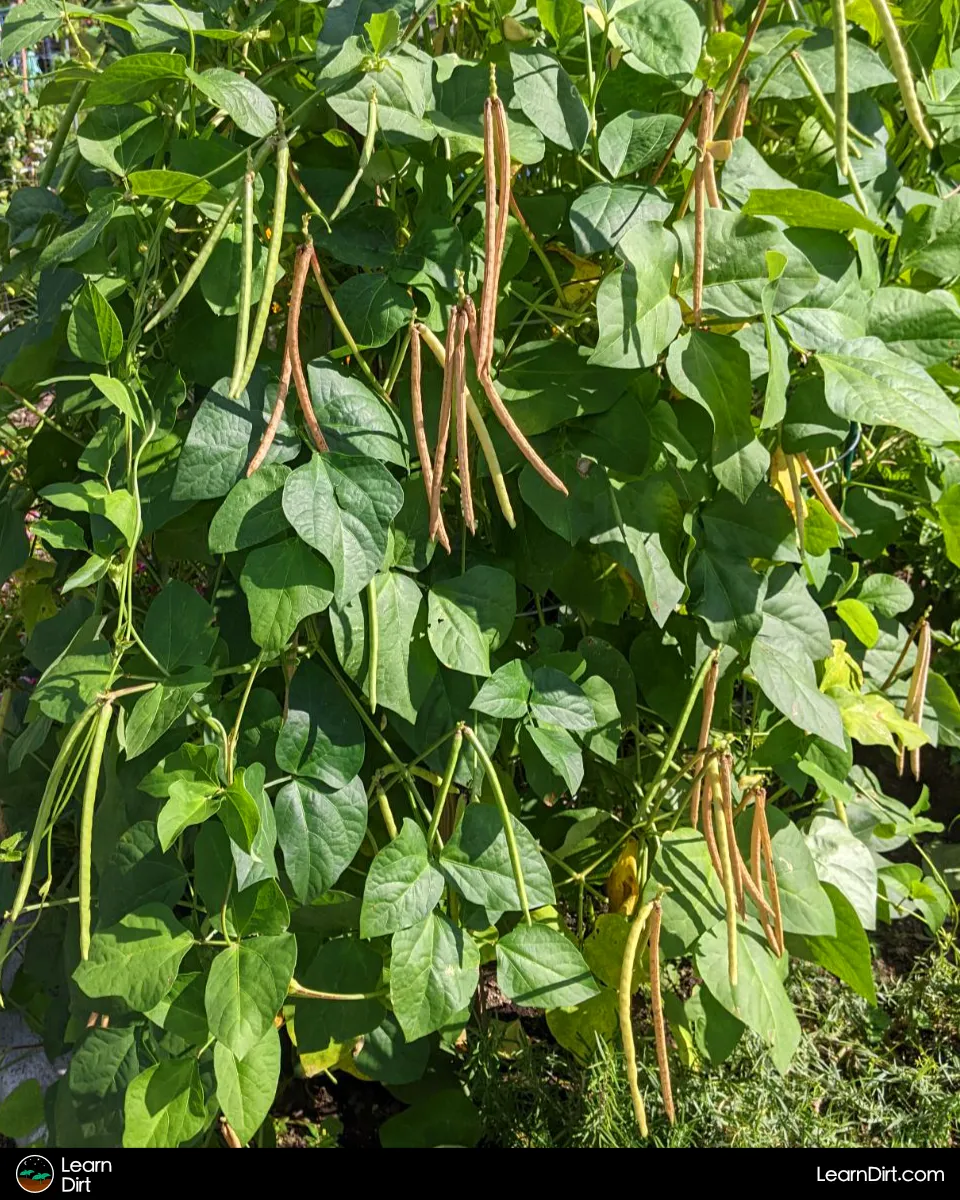
Growing Cowpeas as Forage
Does Your Climate Support Cowpeas?
The the U.S. if you live in the South - especially in an arid or semi-arid climate, you can likely grow cowpeas! And what better reason is there to grow a crop other than your climate supporting it?!
Cowpeas can also tolerate up to an estimated 85% sand, which makes them a great thing to grow in harsh climates where you may have fewer options. Here in Tucson, for instance, cowpeas love our sandy hot desert climate!
If you live in a hot & dry climate, or an especially sandy one, you're in a great place to experiment with cowpeas and see if you like 'em.
Cowpea Planting Tips
Planting Season
Climate
Soil Prep
Spacing
Watering Needs
Cultivating Cowpeas
Sowing Cowpeas
Mulching
Nutrition
Cowpea Pests
Support Structures
Companion Planting
Harvesting Cowpeas
Cowpea Harvest Timing
Inspecting Cowpea Pods
Harvesting Methods
Continuous Harvest (From Succession Planting)
How to Dry Cowpeas
Prepping to Dry Cowpea Harvest
Air Drying
Mechanical Drying
Cowpea Storage Considerations
Checking Cowpea Dryness Level
Preserving Cowpeas for Storage
Shelling Black-Eyed Pea Pods
Cleaning & Sorting
Avoiding Moisture When Storing Cowpeas
Temperature Considerations for Storage
Long-Term Storage
Tips for a Successful Cowpea Harvest
Timing
Inspection
Teamwork
Shuckin' cowpeas by hand takes forever. Grab your crew and some rocking chairs and make a time of it together. Many hands make light work as they say and it definitely applies to shelling cowpeas!
That's all for now, thanks for reading!
If you have any questions, comments, or would like to connect with fellow gardeners, head on over to the forum and post there.

